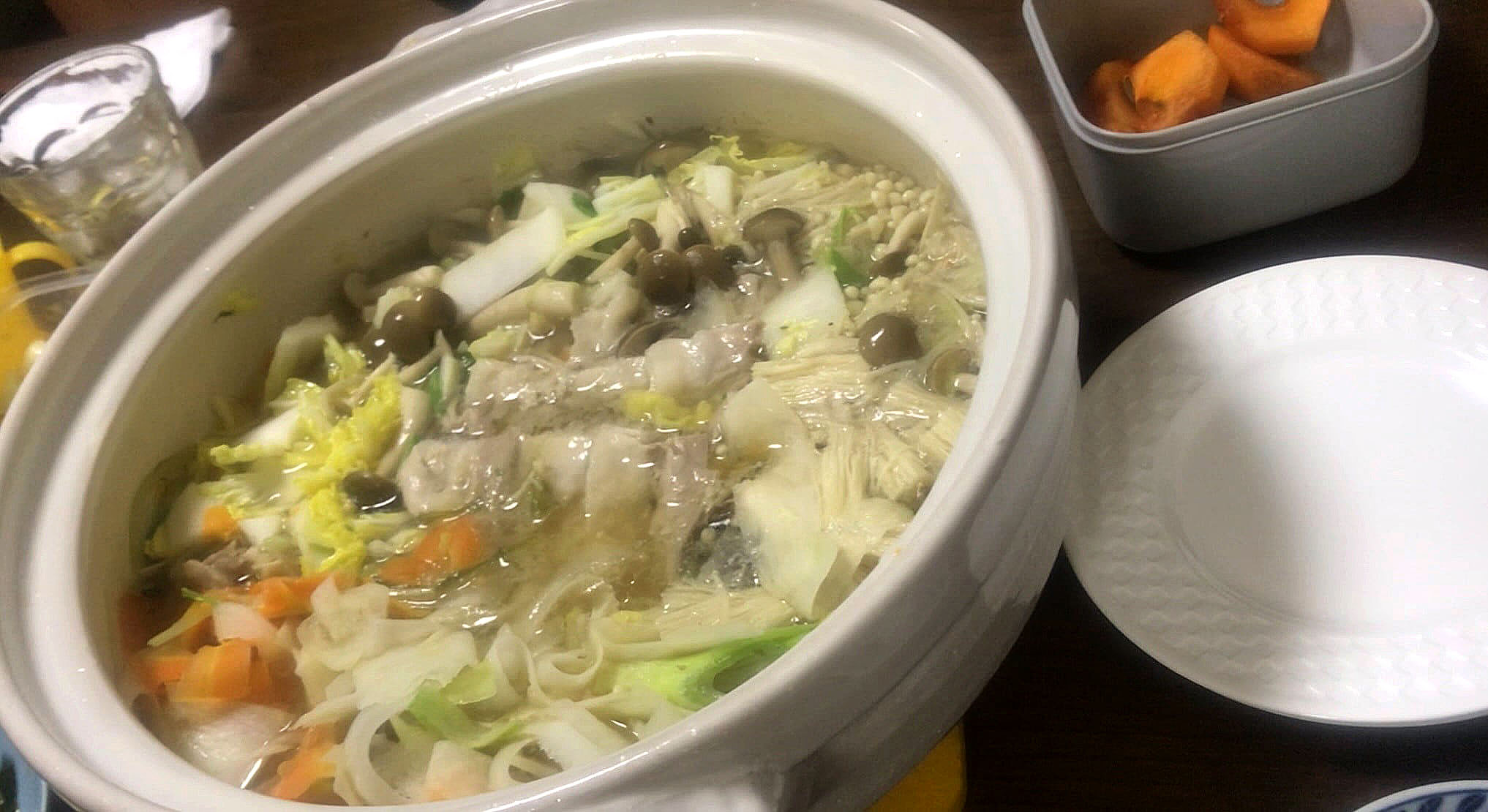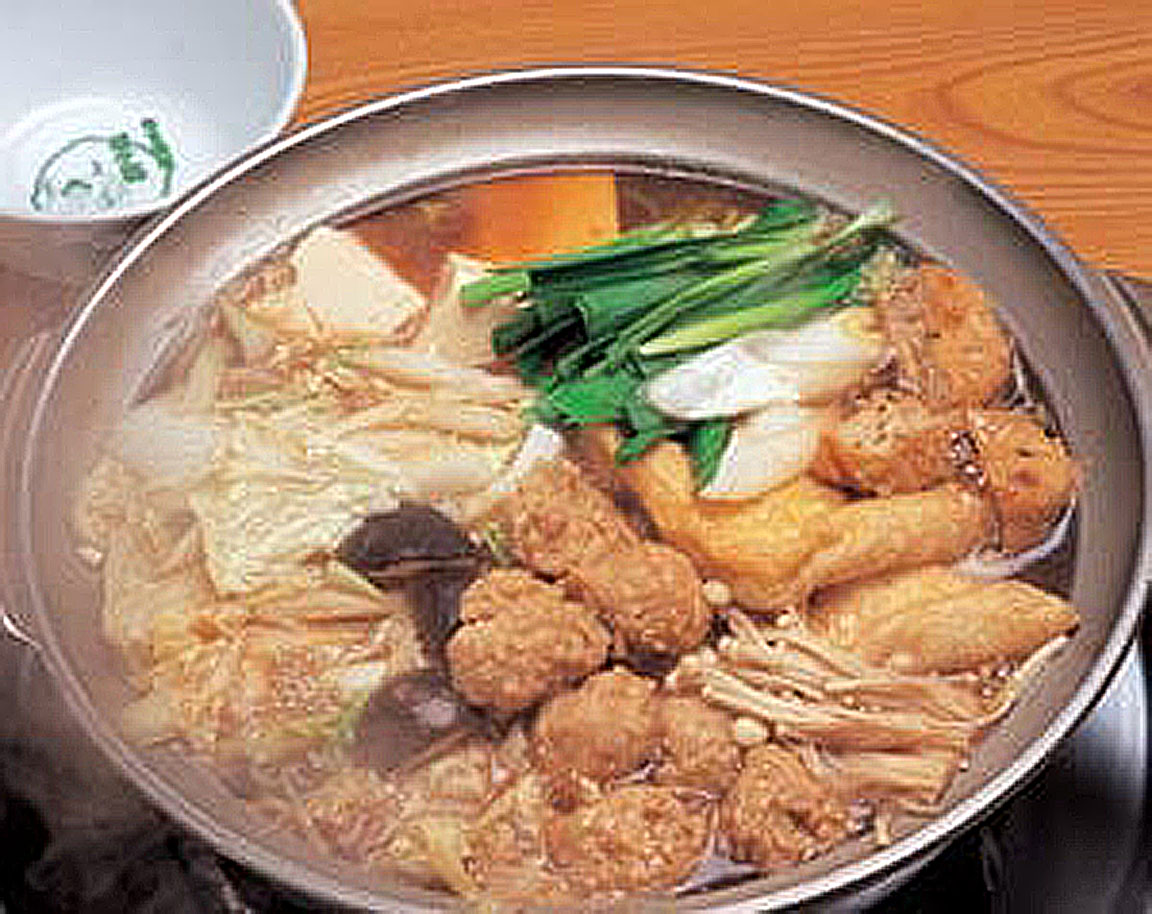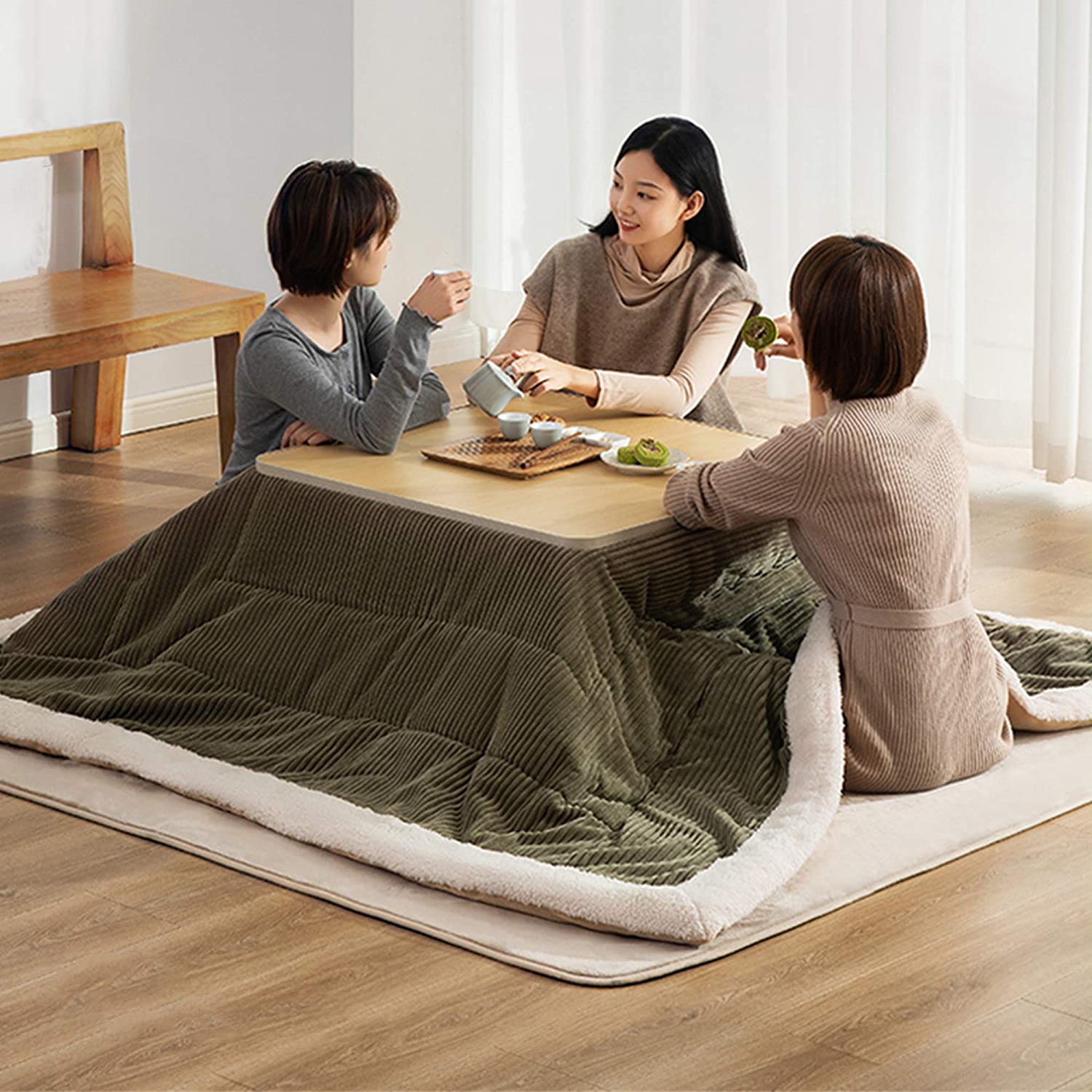
Apart from clothes and the ubiquitous “kotatsu”, hot-pot or “nabe” is a common way to stave off the cold of the Japanese winter months. A “nabe” could mean a pot (often earthenware) or meal cooked in a pot. This meal is somewhat similar to a stew, soup, gumbo or chili but with some unique Japanese features. The base is a hot broth called “dashi” this broth may be derived from ingredients like fish or even soy milk. Added to this broth are usually fresh vegetables such as Japanese leek (negi) meats, collagen, tofu, mushrooms, etc. These “mono” are often simmered until the texture and cooking is just right and then enjoyed by one’s family or friends together. There are many kinds of “nabe” from the sumo-affiliated “chanko-nabe” to “collagen nabe” or even “tomato nabe”. At the end of a “nabe” meal udon noodles or uncooked rice is usually added to soak up the left over goodness.



Japan cultures and foods article brought to you by Consulate General Japan Miami.









